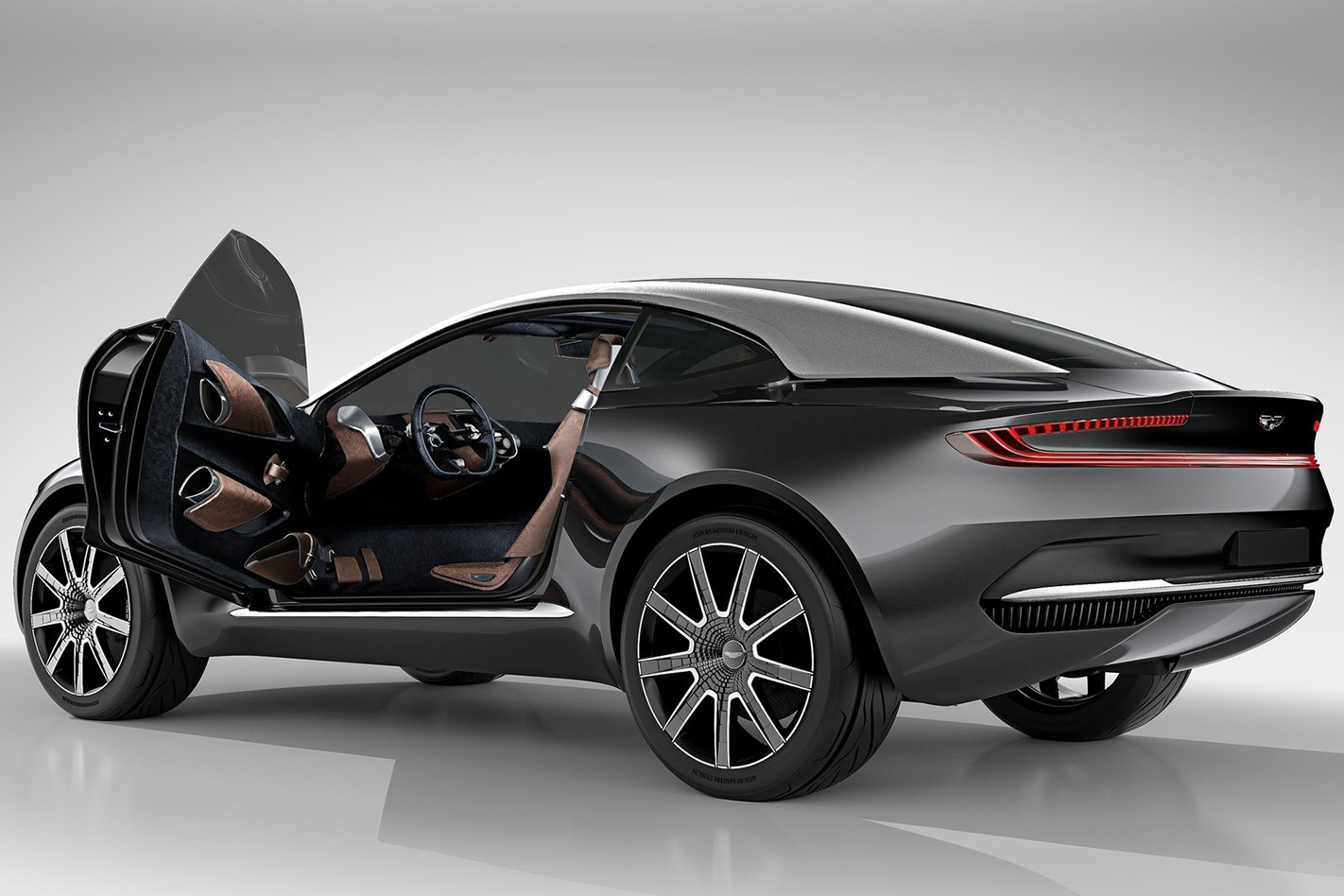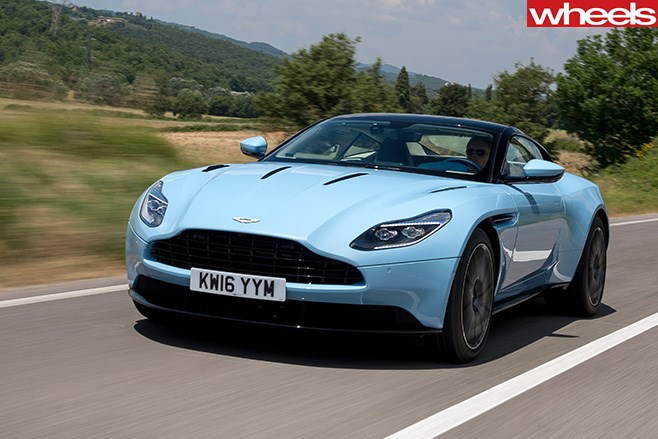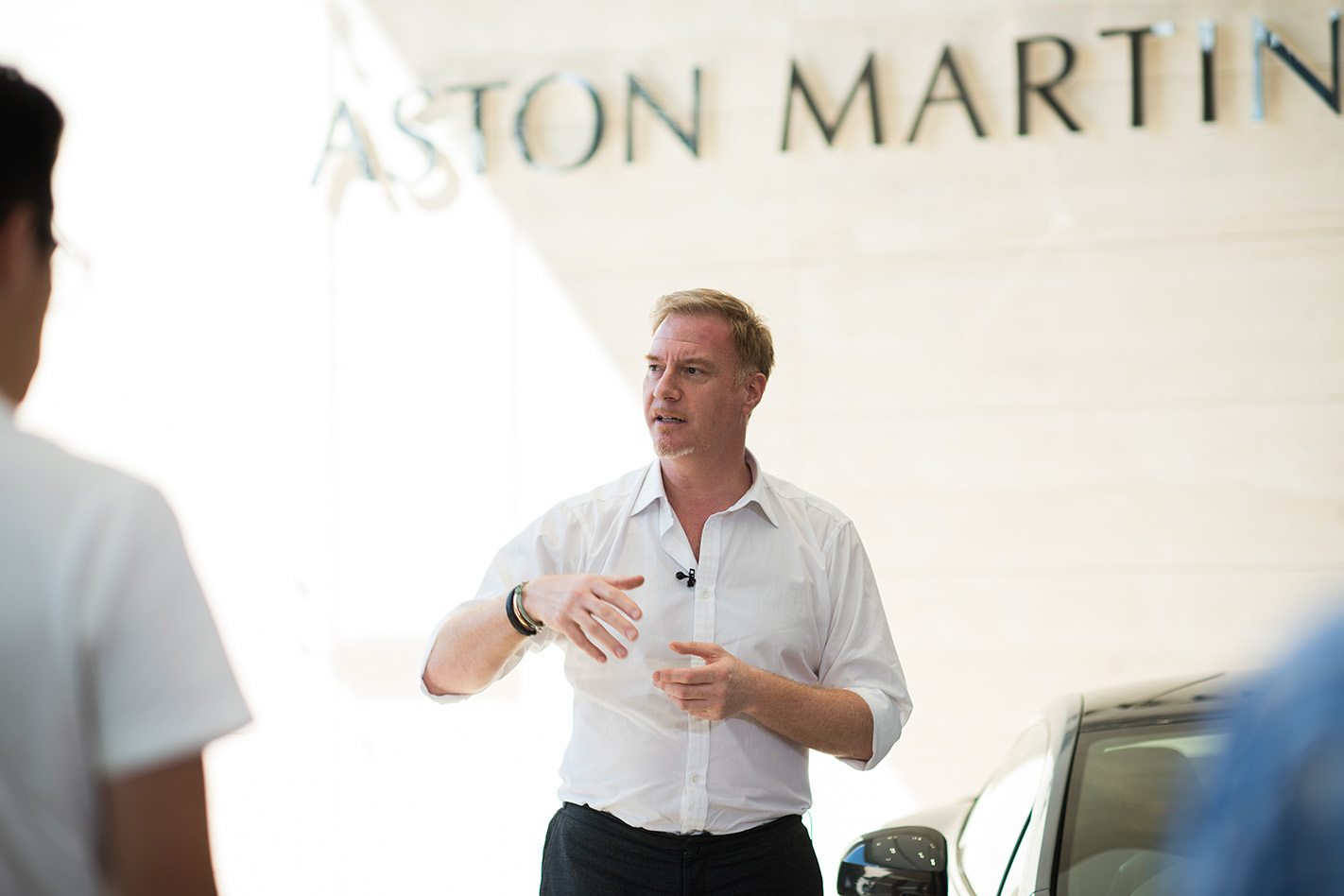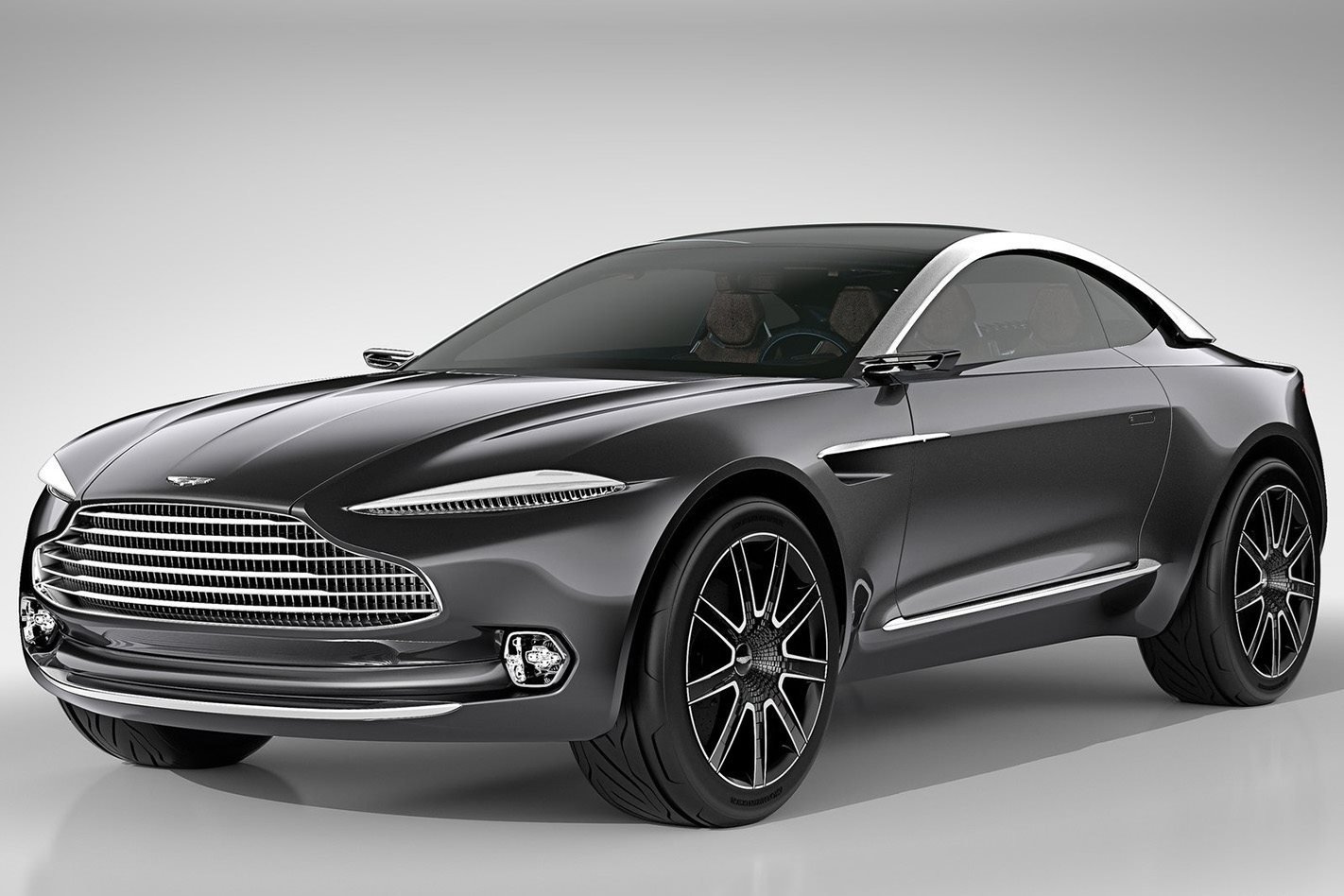ASTON MARTIN will forge ahead into new territory in 2019 when it launches the DBX, its first-ever crossover model. It will be a landmark moment for a brand that has, up until now, made ground-hugging sports cars its specialty.
Right now, not a whole lot of detail has been provided on the DBX beyond its name, that it’ll be bigger on the inside than a Porsche Cayenne, and the fact it will be built in a decommissioned RAF aircraft hangar in Wales. Aston executives even freely admit that the DBX concept that debuted at the 2015 Geneva Motor Show (above) is not representative of the actual production car’s final form – not even close.
But nature, as they say, abhors a vacuum, and the online rumourmill has done its best to compensate for the lack of info about Aston’s incoming SUV. Aston is still keeping mum on the big details, however President and CEO Dr. Andy Palmer has refuted one of the bigger reports: that the DBX will be built atop the Mercedes-Benz GLE’s platform.

The theory went that the GLE platform would be provided to Aston Martin under the carmaker’s existing technology sharing agreement with Mercedes-Benz – an agreement that has already given Aston the use of AMG’s 4.0L twin-turbo V8 as well as Benz’s sophisticated vehicle electronics architecture.
It made sense too: after all, Aston would save megadollars by using a proven off-the-shelf platform already tailored to the unique demands of a full-size SUV. According to Palmer, though, that won’t be the case for the DBX.
Speaking to Australian media, Palmer confirmed that the DBX would share its architecture with Aston’s sports car range, and utilise a stretched and morphed version of the Aston Martin DB11’s bonded aluminium architecture.

“We made the conscious decision that we would use bonded aluminium and that’s a decision that we’ve also made for our SUVs and for our Lagonda range, making us basically unique.”
And Palmer says Aston’s bonded alloy structures – which use aviation-grade glues rather than welds to join metals together – is not only lighter than a traditional steel body, but incredibly strong when compared with a welded aluminium chassis.
“It gives us light weight. It also gives us a great degree of [structural] integrity because we don’t get inclusions in welds.”

And according to Aston’s Design Director Marek Reichman (above), the architecture will be pivotal to making the DBX’s packaging work and enabling the company to deliver on the promise of Cayenne-eclipsing interior space.
“It’s about maximising the potential of what’s inside something by using structures, bonding methods and lightweight techniques to minimise the structure so you maximise the interior,” Marek said.
“That allows me the flexibility to generate form and shape beyond what a traditional SUV is.”





